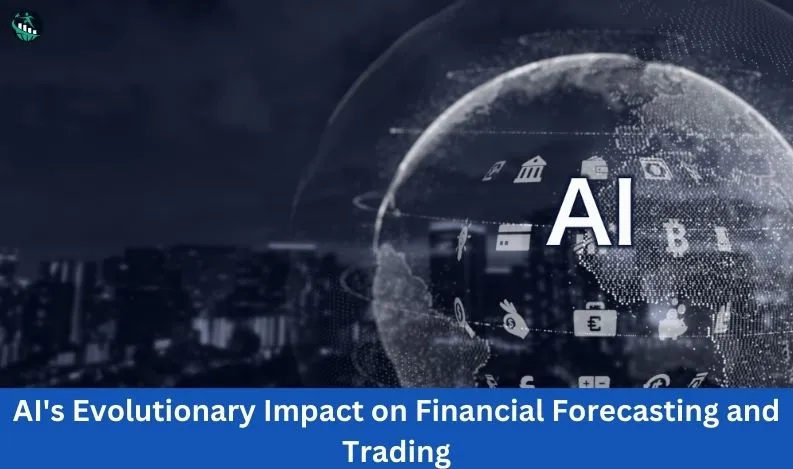
AI's Evolutionary Impact on Financial Forecasting and Trading
The integration of Artificial Intelligence (AI) into financial forecasting and trading has revolutionized the landscape of the financial industry. AI's ability to process vast amounts of data, identify complex patterns, and make rapid decisions has redefined traditional methodologies, offering unprecedented opportunities and challenges. In this comprehensive exploration, we delve into the intricate workings of AI in financial forecasting and trading, examining its evolution, applications, benefits, and future prospects.
Evolution of AI in Finance: The journey of AI in finance traces back to the early adoption of quantitative models in the 1980s, gradually evolving through the utilization of neural networks and machine learning algorithms. The advent of big data and computational power in the 21st century propelled AI's role in finance, enabling the development of sophisticated predictive models and algorithmic trading strategies. Today, AI stands at the forefront of financial innovation, driving efficiency, accuracy, and agility in forecasting and trading activities.
Applications of AI in Financial Forecasting: AI's applications in financial forecasting encompass a wide array of techniques, including machine learning, deep learning, and natural language processing (NLP). Machine learning algorithms analyze historical market data to identify trends and patterns, enabling accurate predictions of future market movements. Deep learning algorithms, such as neural networks, excel in capturing nonlinear relationships and extracting insights from complex datasets. NLP techniques analyze textual data from news articles, social media, and financial reports to gauge market sentiment and anticipate market reactions.
AI-Powered Trading Strategies: AI-powered trading strategies have transformed the landscape of financial markets, introducing automated trading systems capable of executing trades at lightning speed. Algorithmic trading algorithms leverage AI to analyze market data in real-time and execute trades based on predefined rules and parameters. High-frequency trading (HFT) strategies exploit fleeting market opportunities, leveraging AI's speed and accuracy to gain a competitive edge. Quantitative trading strategies utilize AI models to identify profitable trading opportunities and optimize portfolio performance.
Benefits of AI in Financial Forecasting and Trading: The integration of AI offers numerous benefits to financial institutions and investors alike. AI-driven forecasting models provide enhanced accuracy and efficiency, enabling informed decision-making and risk management. Automated trading systems execute trades with unparalleled speed and precision, reducing transaction costs and minimizing human errors. Moreover, AI's adaptive learning capabilities enable continuous improvement and adaptation to evolving market conditions, ensuring resilience and competitiveness in dynamic market environments.
Challenges and Considerations: Despite its transformative potential, AI adoption in financial forecasting and trading presents several challenges and considerations. Data quality and bias pose significant concerns, as AI models are only as good as the data they are trained on. Regulatory compliance and ethical considerations surrounding algorithmic decision-making raise questions about transparency, accountability, and fairness. Moreover, the increasing complexity and interconnectedness of financial markets require robust risk management frameworks to mitigate systemic risks and ensure market stability.
Future Trends and Outlook: Looking ahead, the future of AI in financial forecasting and trading holds immense promise for innovation and disruption. Advancements in AI technologies, such as quantum computing and explainable AI, are poised to unlock new frontiers in predictive analytics and algorithmic trading. The democratization of AI tools and technologies will empower retail investors and smaller financial institutions to access sophisticated forecasting and trading capabilities. Moreover, interdisciplinary collaborations between AI experts, finance professionals, and regulators will shape the future of AI-driven finance, fostering transparency, accountability, and trust in financial markets.
Conclusion: In conclusion, AI's integration into financial forecasting and trading represents a paradigm shift in the way financial markets operate. By harnessing the power of AI, financial institutions can unlock new opportunities for efficiency, innovation, and growth. However, responsible AI adoption is imperative, addressing challenges related to data quality, regulatory compliance, and ethical considerations. Through continued innovation, collaboration, and vigilance, AI will continue to reshape the future of finance, driving sustainable growth and resilience in global financial markets.
Also Read:-



Recent Comments: